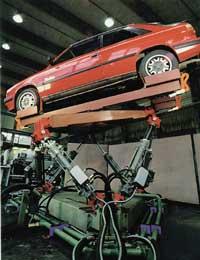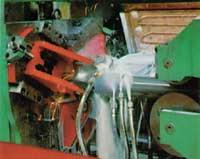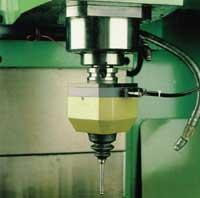Ways to reduce waste

Within its policy to promote waste reduction, the Department of Urbanism, Housing and Environment of the Basque Government, currently the Department of Land Management, Housing and Environment, created an office to analyze the possibilities of implementation of different practices and technologies. It was renamed XUME to this technical office and placed it within the Public Society IHOBE, dependent of the department. In addition to the role of developing reduction strategies, this office has another important function: providing information service to companies. The XUME office has been a fundamental tool for reducing the volume of special waste in the CAPV.
XUME is not the only center created in the shade of IHOBE. In order to find a solution to the lack of waste management in the CAPV, the so-called Advanced Recycling Center was created. This center, exploited by a private company, develops mainly waste recovery technologies. The Special Waste Management Plan detected three types of waste that had to be treated immediately: used oils, exhausted drills and residues of solvents. Energy revaluation, recovery and recycling are, respectively, the solutions proposed by the Hiru Plan. For these three wastes, the Recycling Center works in its Zamudio plant following the line marked in its day by the Waste Plan.
Treatment of used oils
The CAPV annually produces 17,000 tons of oil used in the automotive, industrial and maritime sectors. Of these, 9,500 tons were managed uncontrollably, that is, they would pour at any price and in any way at the time of the execution of the Plan. The Advanced Recycling Center treats 10,000 tons/year of water, sediments, heavy metals and any substance that prevents the reuse of oil by separating them from dirty oil. Heating, deemulsions, flocculation, decanting and final centrifugation are the basis of this treatment.
The clean oil obtained from this process is burned by a management company to produce electricity, that is, the oil is revalued as proposed by the Basque Plan.

According to the CAPV legislation, the environmental body has the capacity to chemically analyze the oil produced in the Historical Territories or from abroad. The Department of Environment of the Basque Government commissioned IHOBE to carry out these tasks of analysis and control. It then launched the Official Center for Analysis of Used Oils (OLEAZ). In OLEAZ the contaminating substances containing oils (PCB´s, chlorine, heavy metals, etc.) to ensure that the physico-chemical characteristics are compatible with the treatment to be given to the oil.
The Advanced Center also treats solvents and drills
The production of paints and dyes and the degreasing of metals are the industrial processes that generate more solvent residues in the Basque Country. The annual production of waste in the CAPV is 2,000 tons. In the period of elaboration of the Plan only 60% was managed in a known way. Solvents are treated by vacuum distillation to separate the pure product from sediments; the obtained clean solvent serves for reuse.
The annual production of taladrina sands in the CAPV is 48,600 tons. At the time of quantification, 73% was managed in an uncontrolled manner, that is, it was directly fed to rivers, soils and sanitation networks. At the Advanced Recycling Center 6,000 tons are treated by centrifugation, ultrafiltration and evaporation.
And again the drills
The Center for Technological Development (AEMA), located in Vitoria-Gasteiz, develops research works in the area of taladrinas and volatile organic compounds (VOCs), for which the subsidy of the different administrations is counted. The aim of these studies is to implement clean technologies and reduce the cost of processes. As for the drills, a continuous treatment system called Emulec 100 has been developed which has been tested in an industrial plan for the manufacture of tools and casting equipment. This system greatly lengthens the life of the drills allowing a saving of material.

In addition, this centre is focused on the development of a team of absorption/cleaning of volatile organic compounds that are emitted in the processes of painting and the investigation of a steel fusion ecosystem. As for the first, a pilot plan is being developed to capture and purify volatile organic compounds in the field of solvent painting (in large metal structures that cannot enter a painting cabin, gluing of wooden plates, serial painted lines, printing, paint cabinets, etc.) For recovery in conditions of reuse. Second, it is being investigated in the termor-reducing technology that allows to separate zinc and raw material using the smallest amount of energy possible. The process would consist of taking advantage of the heat from the smoke of an electric furnace to make a thermor-reducing furnace, achieving an energy saving of 5-10% and reducing the use of materials (electrodes...) and melting time. This would significantly increase the production of the furnace.
Buletina
Bidali zure helbide elektronikoa eta jaso asteroko buletina zure sarrera-ontzian











